In May 2024, Made at the UW brought visitors to the Art Lofts, home to several of the art department’s workshops, faculty and student studios, and gallery spaces. Groups toured the facility and spent time with five faculty members as they brought them into their workspaces.
Professor and associate dean for the arts (printmaking-relief and serigraphy)
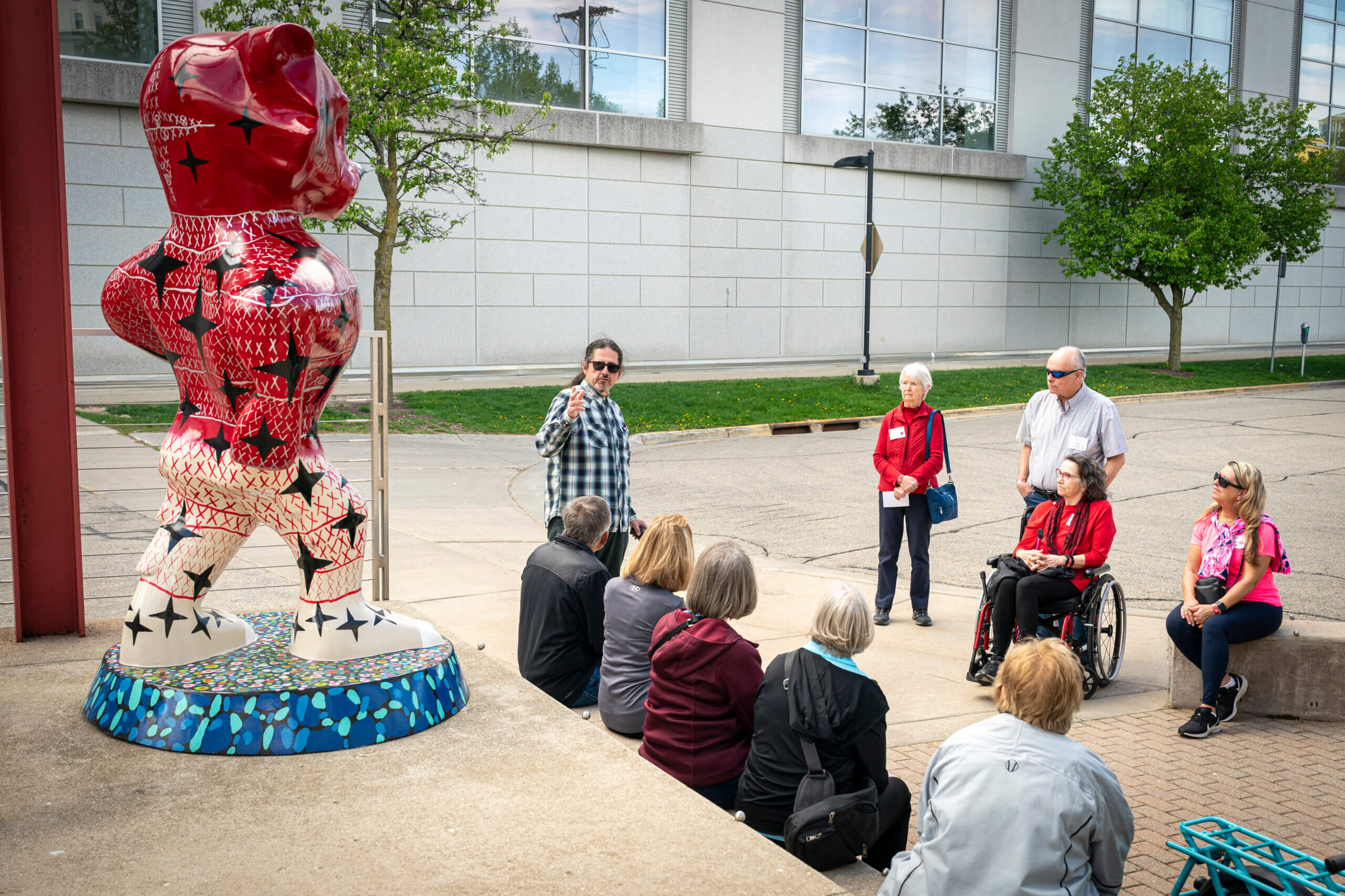
The tour began outside with “Honor the Air, Land, and Water,” a Bucky statue painted by Hitchcock and Kaylee Herrmann ’24 in celebration of the UW’s 175th anniversary. Design elements include X’s marking time, stars representing the cardinal directions, and flowers in his signature dot pattern inspired by his Comanche grandmother’s beadwork. Inside his art and music studio, Hitchcock further noted the influence he received from his Kiowa/Comanche culture and upbringing in Oklahoma. His music references the sounds of the elements, and the walls are lined with prints of dot art and horse masks with ribbons worn in Indigenous dances. Hitchcock also displays silver and black birds, butterflies, and tanks, remnants of his recent exhibition at the National Gallery of Art. Watch him install Impact v. Influence here.
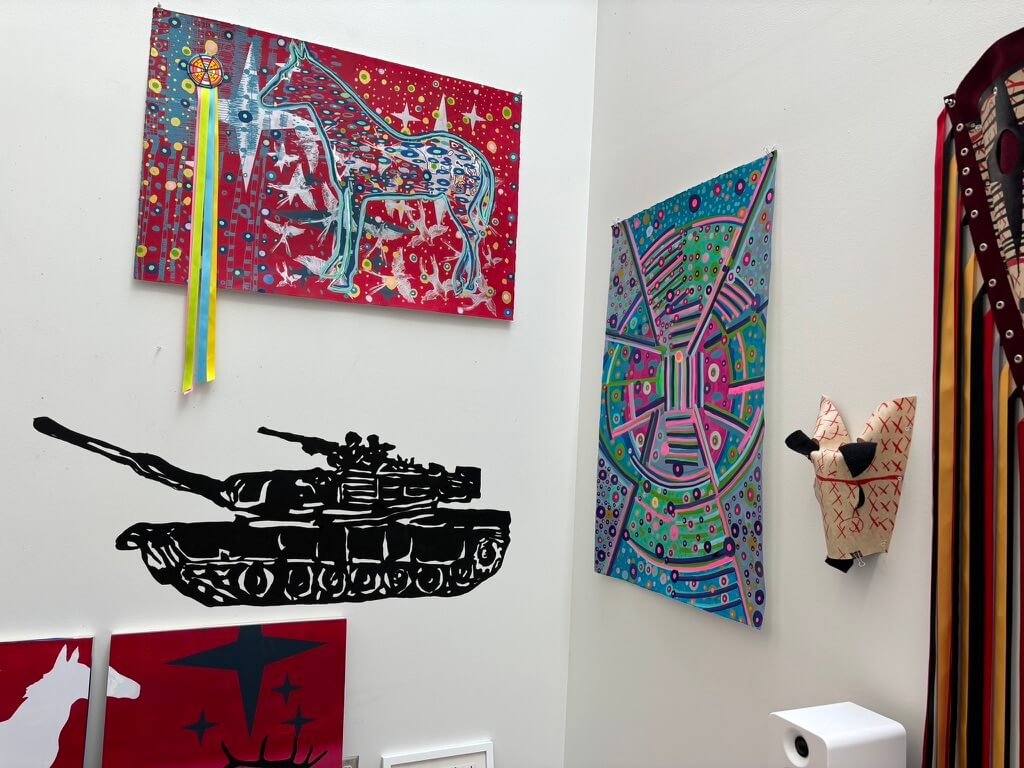
Professor of art (printmaking/book art/paper making)
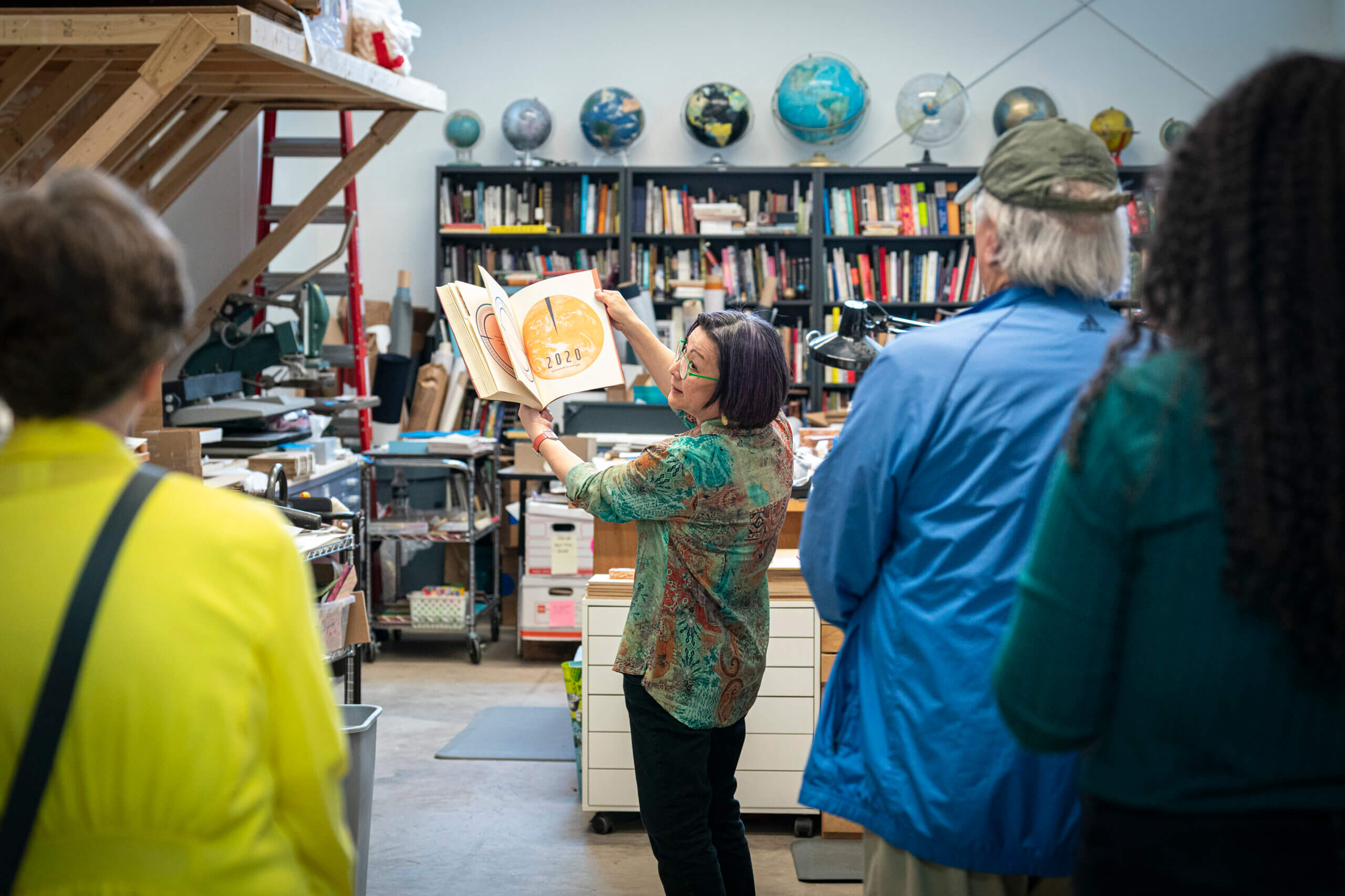
Chen specializes in creating limited edition artists’ books and typically prints only 30–50 copies of each. As she showed the group around her studio (which includes her own printing press), she expressed that her books are both to read and to display as sculptures. One work, Book of Hours, is a blow book, a historic structure originally designed to perform “magic tricks” depending on how you read it. She and her collaborator, Keri Miki-Lani Schroeder, created it during the COVID-19 pandemic, working asynchronously from California and Texas respectively. They only saw the complete book a year into the project, when they were finally able to meet in person to sew the pages together. Named for a type of medieval prayer book, Book of Hours questions ideas of time and includes various images of their family and friends, illustrations representing the spread of COVID-19, doomsday clocks, and sunrises and sunsets. Depending on which tab you hold your thumb on, a different set of images will appear. Be sure to watch all 12 sequences unfold and get an up-close look at Chen’s other books.
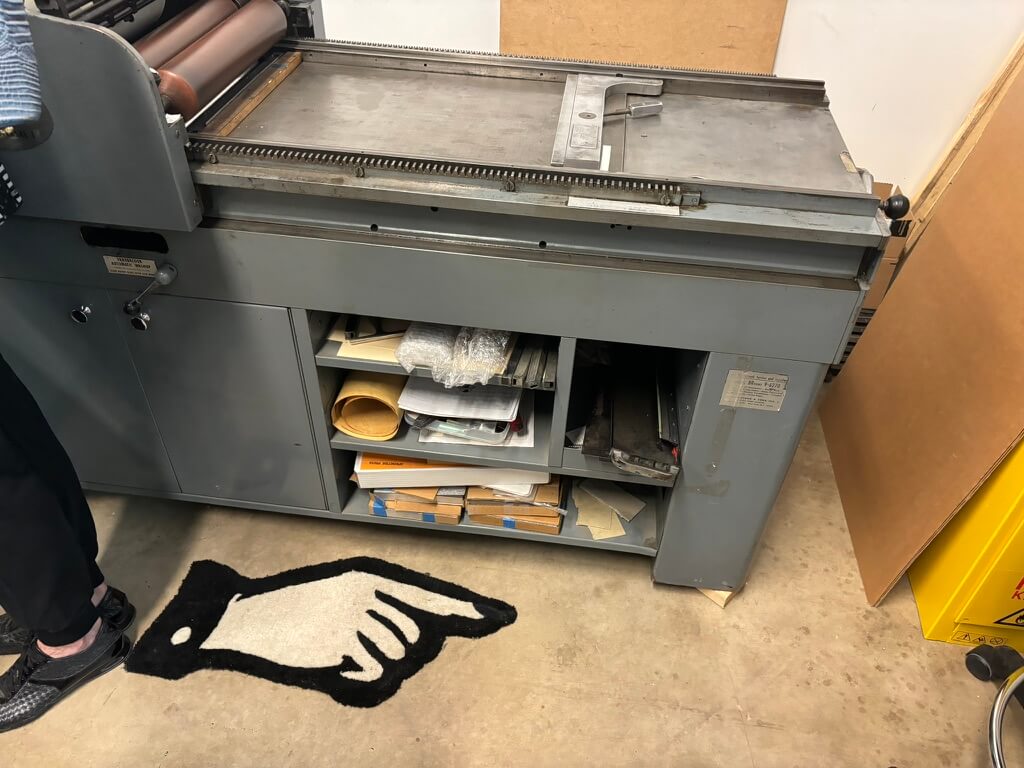
Associate professor of art (glassworking)
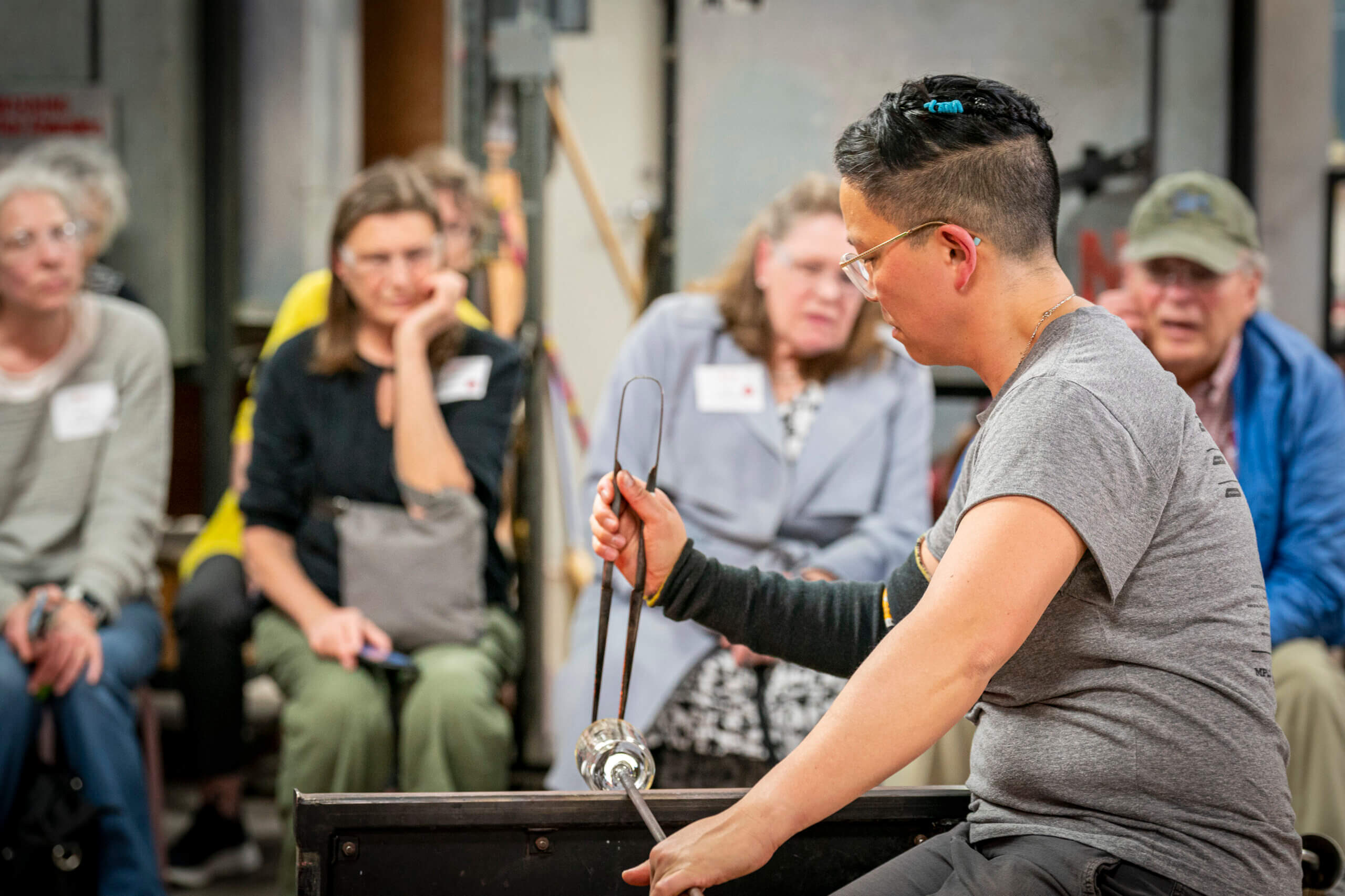
The UW glass lab lay behind two sets of heat-trapping double doors. This descendent of the first collegiate glass lab in the country is currently led by Lee, who gave a demonstration on how to blow a drinking glass. She and her two assistants swiftly moved between pots of molten glass, furnaces for reheating, and a workbench for refining the product. Lee then used a hose to blow air directly into the 2000-degree glass, and after a few minutes of reheating and shaping the bottom of the cup, she and Carolyn Spears MFA’24 transferred the glass onto another rod to work on the top. Lee then used a soffietta (or puffer) to flare out the shoulder before thinning the glass to make the cups’ rim. As the glass neared completion, Spears put newspaper in the furnace to consume all the oxygen and release metal oxide. Flames quickly shot out of the opening and as Lee removed the finished glass, it had turned a black, metallic color.
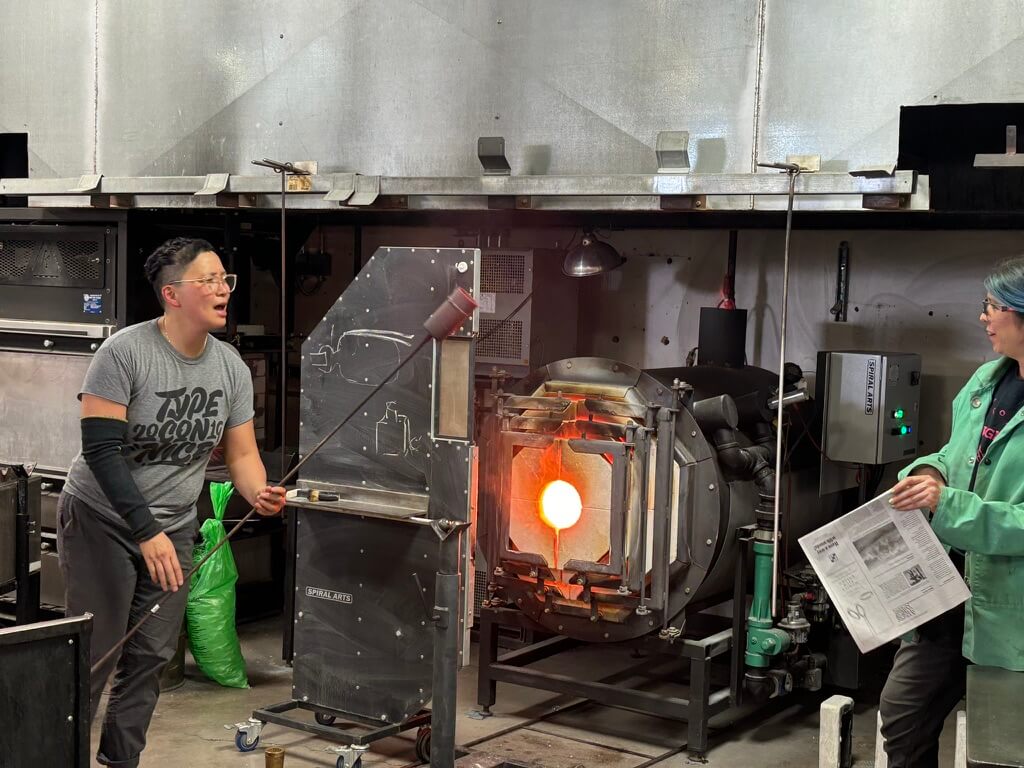
Academic program manager
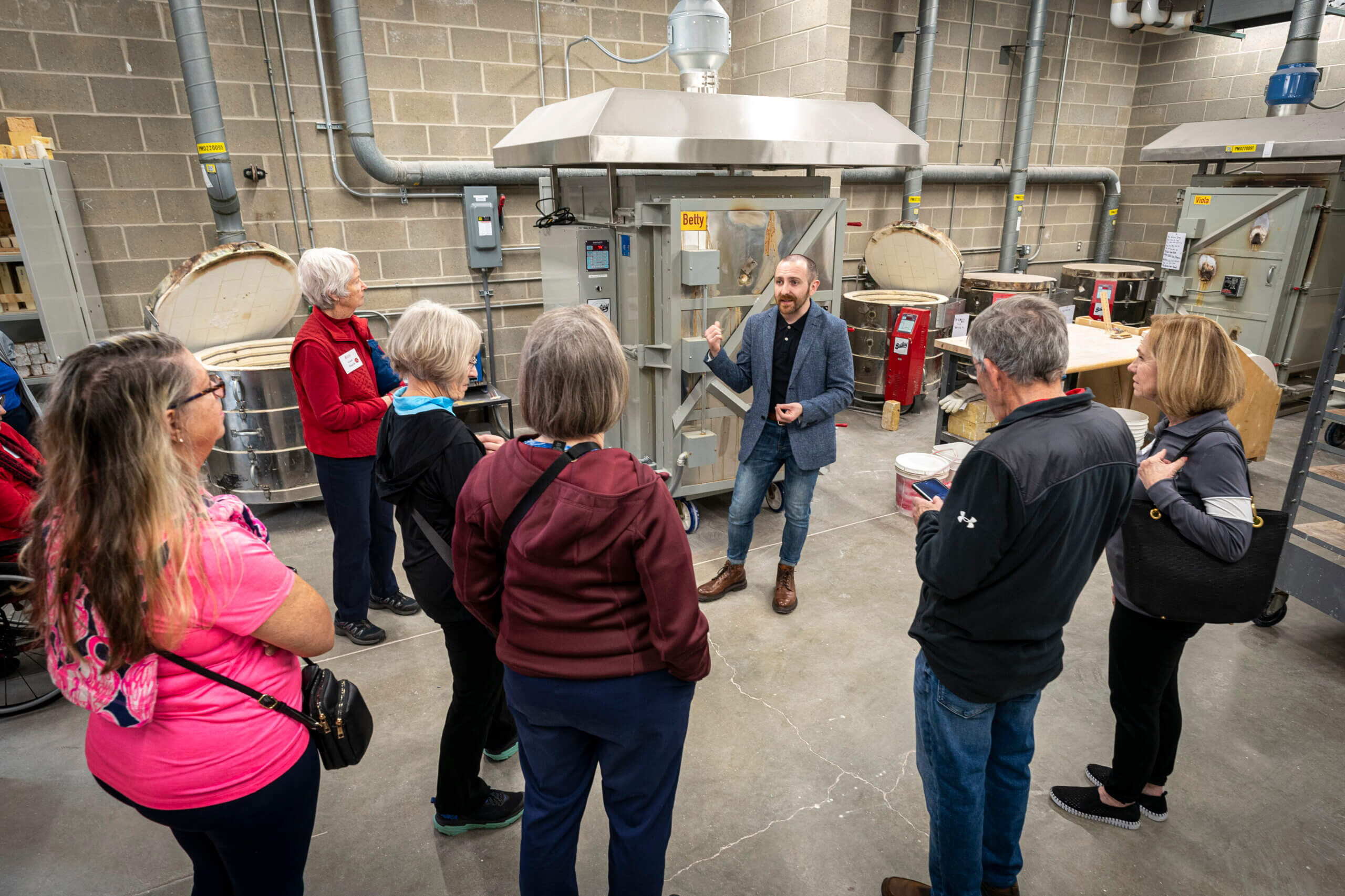
Mauk, a metalsmith and art department program manager, led the group through one of three woodshops for furniture, sculpture, and general woodworking. Then he took the group through an adjacent foundry room that contains burn-out furnaces in the floor and allows for large-scale aluminum and bronze casting. He moved on to the ceramics lab, which contains three large-scale kilns, an uncommon feature for most university ceramics departments. Mauk noted that the ability to work on a larger scale means the program attracts students (and faculty) who would otherwise have to limit the scope of their work or go to another university. Art Lofts will have a new graphic design lab in the fall to accommodate the growing interest in the medium. The final stop on Mauk’s tour, the BackSpace Gallery, is utilized for its extremely high ceilings, which allow for art that is tall as well as wide. These workshop spaces are open for visits during the Art Lofts’s designated open studio days and the galleries have public shows throughout the year.
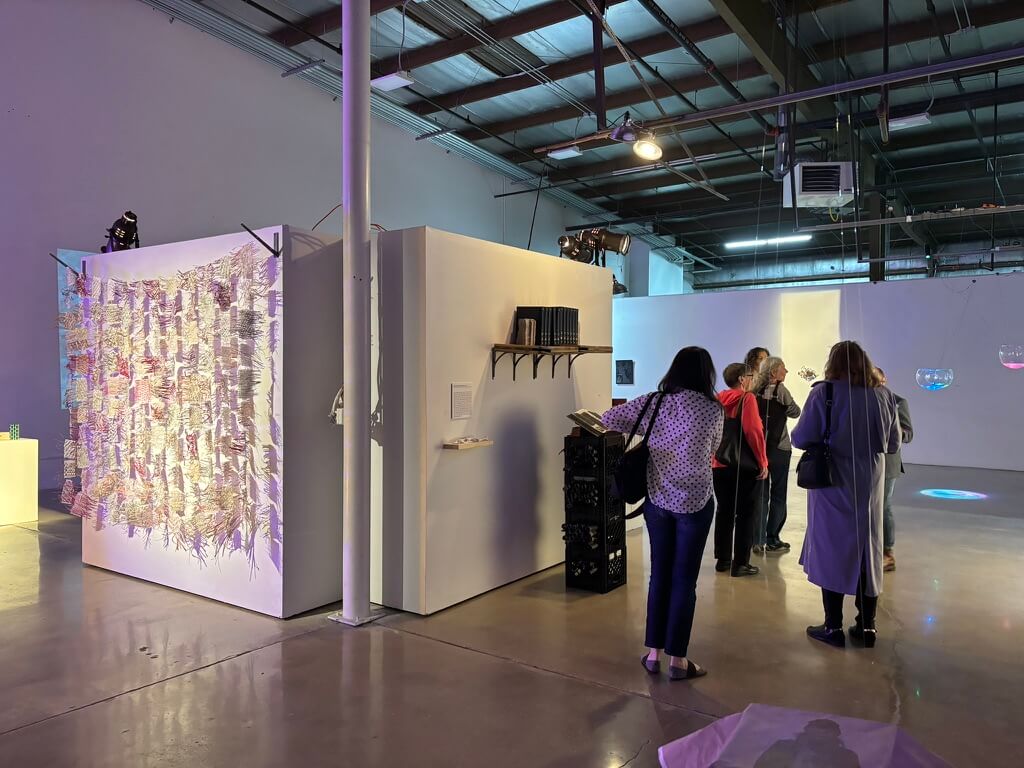
Associate professor of art (painting)
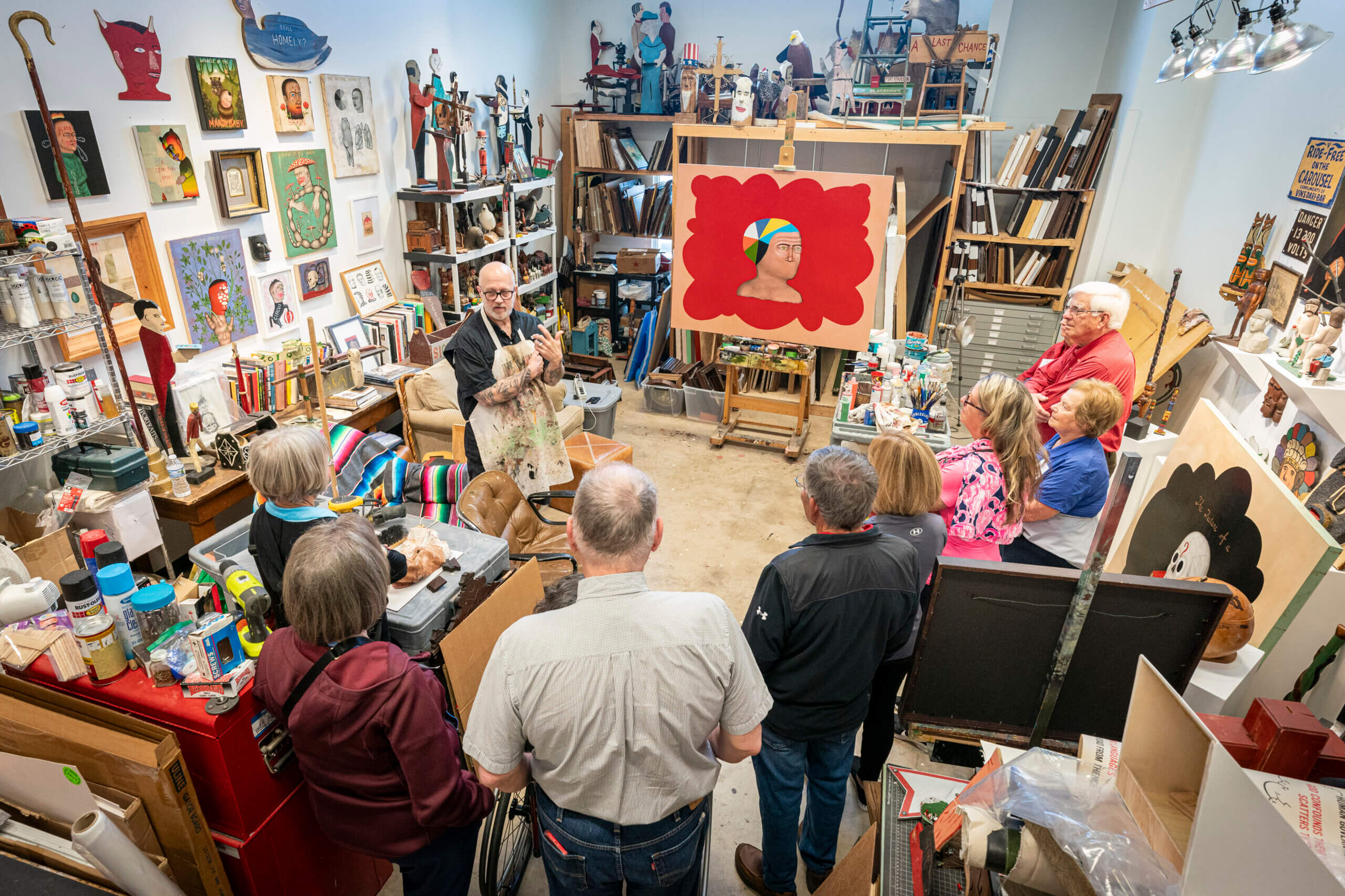
Stonehouse’s studio is unmistakably his. The shelves are filled with books, sheets of American traditional tattoo images, figurines of woodland creatures, and even painted wooden dogs. His art reflects these diverse interests, as portraits, surrealist scenes, and anthropomorphic animals fill canvases in his signature, "Stonehouse-esque,” style. Once you’ve seen one of his paintings, you notice the characters Stonehouse has created reappear throughout his work, with some even having lore of their own. While reflecting on developing his unique art style and teaching at UW–Madison, Stonehouse emphasized the importance of allowing students to fulfill their artistic visions, even if that vision isn’t fully understood from the beginning — much like he had the chance to.
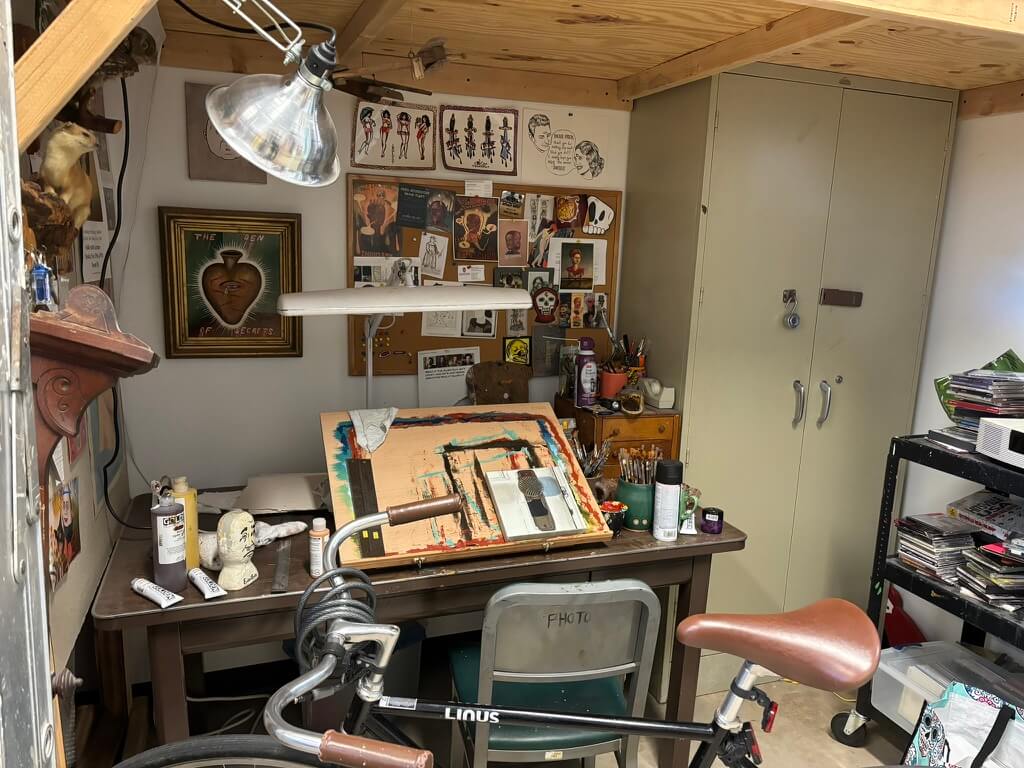
Associate professor of art (sculpture)
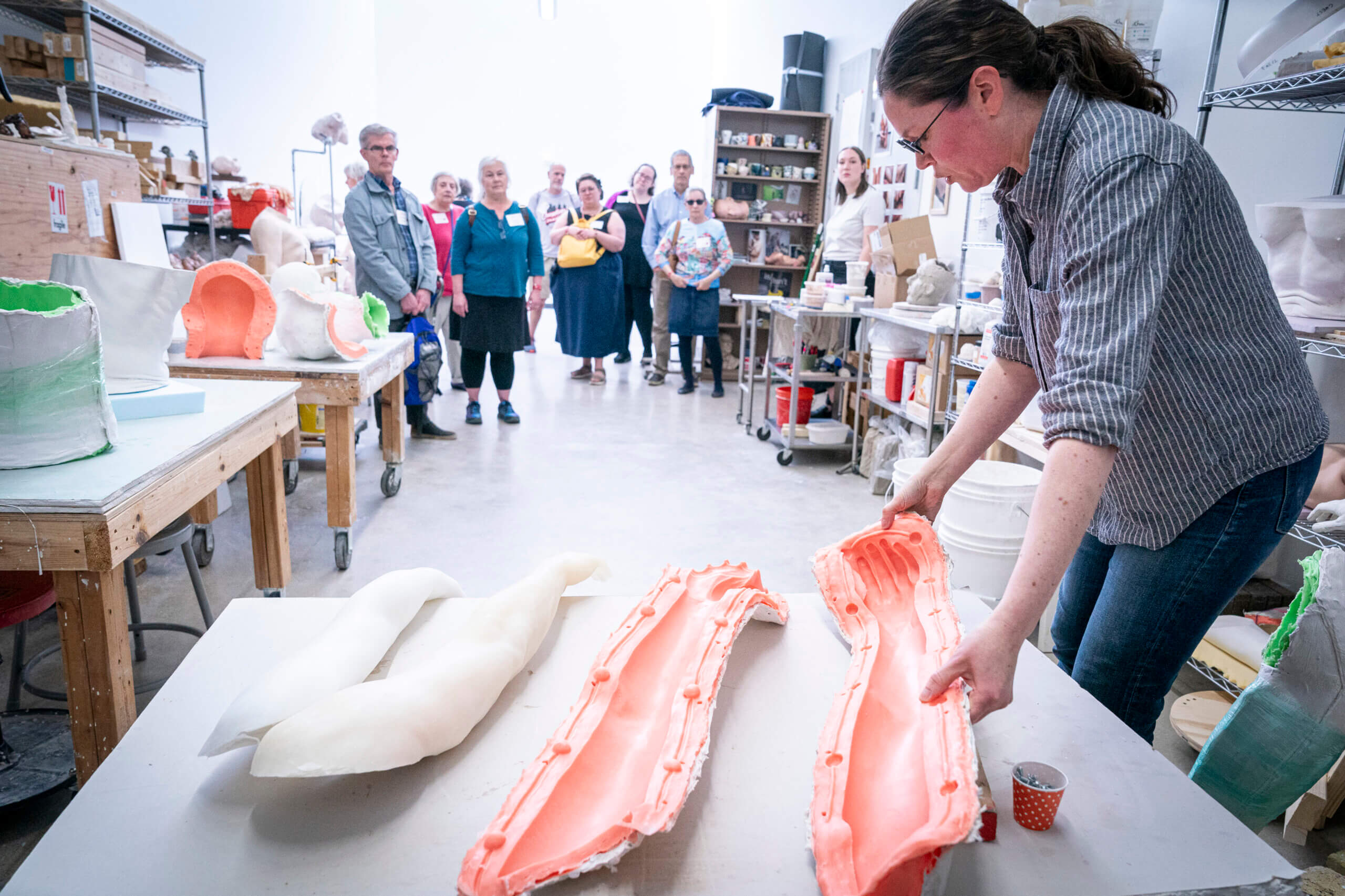
A unique element of West’s sculptural practice is her use of life casting, or creating molds directly on a person’s body. West molds a body-safe silicone around her model before pouring a high-density plaster on. The plaster is especially good at clinging to fine details, including pores and wrinkles. It even takes the model’s hair with it once it’s removed. West likes this because it captures the essence of a specific body, not just an idealized version of what a body should look like. Of course, West is also inspired by classical (and often idealized) forms. Her studio has statues she’s created to reference Michelangelo’s David and Myron’s discus thrower. These kinds of work serve as a foundation for how to understand bodies, and West uses them to “think through the body” and create sculptures that show her touch specifically.
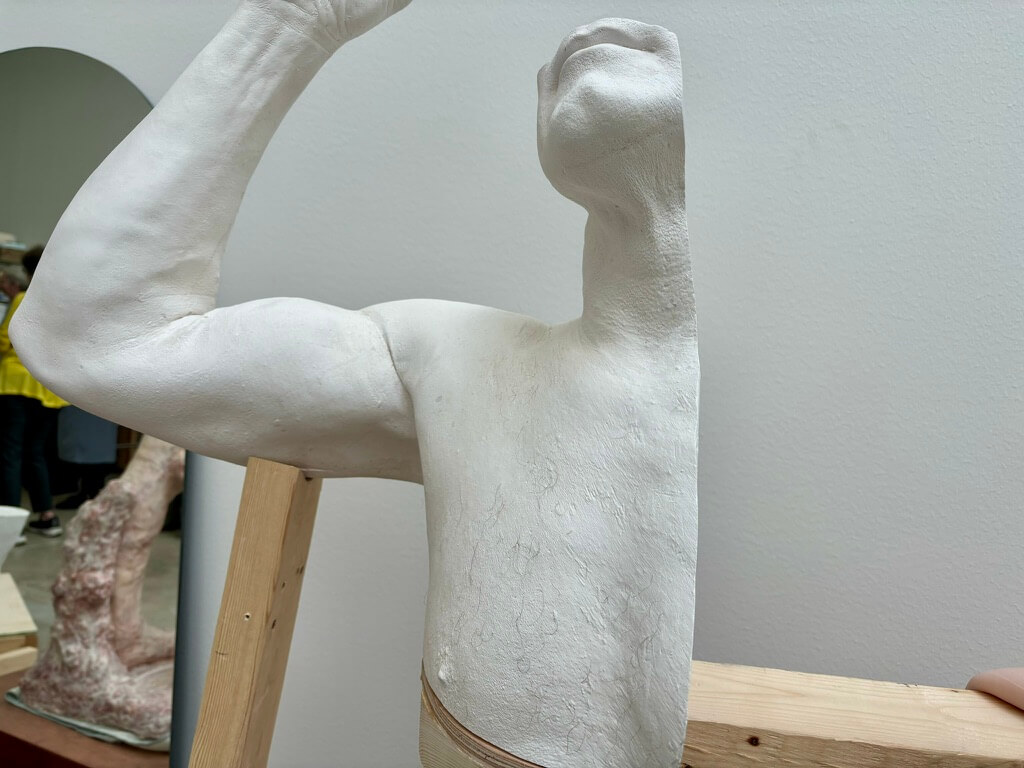
Made at the UW: Art Lofts is part of an ongoing series that gives guests exclusive access to unique experiences on campus.